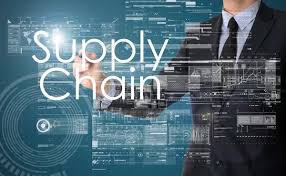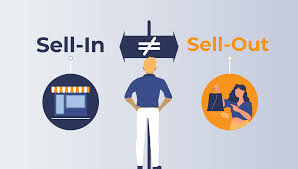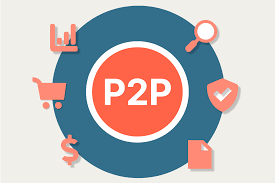
In the fast-paced world of e-commerce and retail, businesses must process, fulfill, and track customer orders seamlessly. This is where order management becomes crucial. In this article, we’ll explore the order management definition, its key components, benefits, and how it drives operational efficiency in modern commerce.
What is the Order Management Definition?
The order management definition refers to the end-to-end process of receiving, tracking, and fulfilling customer orders. It involves everything from the moment a customer places an order to the final delivery, including inventory management, invoicing, payment processing, and returns. It is an essential component of supply chain and customer service operations.
Why is Order Management Important?
The importance of understanding the order management definition lies in its role in customer satisfaction and business profitability. Efficient order management ensures that customers receive their orders accurately and on time, leading to repeat business and enhanced brand loyalty.
Key Components of Order Management
To fully grasp the order management definition, it’s important to understand the various components that make up the order management process:
Order Placement
This is the initial step where the customer places an order through an online store, app, or physical POS.
Order Processing
The business receives the order, verifies payment, and confirms stock availability.
Inventory Management
This ensures the right stock levels are maintained to meet customer demand without overstocking.
Order Fulfillment
Products are picked, packed, and shipped to the customer efficiently and accurately.
Returns and Refunds
A robust return process is crucial for customer satisfaction and maintaining trust.
Benefits of an Efficient Order Management System
Understanding the order management definition also means understanding the advantages it brings to a business:
Improved Accuracy
Automated order management systems reduce manual errors, ensuring more accurate deliveries.
Faster Processing
Automation speeds up order processing and fulfillment, leading to quicker deliveries.
Better Inventory Control
You gain real-time visibility into inventory, which prevents stockouts and overstocking.
Enhanced Customer Satisfaction
Timely and accurate deliveries result in happier customers and better reviews.
Order Management Systems (OMS)
An Order Management System (OMS) is software designed to automate and streamline the order lifecycle. A modern OMS plays a pivotal role in meeting the expectations outlined in the order management definition. These systems often integrate with:
- E-commerce platforms (like Shopify or Magento)
- CRM tools
- Accounting software
- Shipping carriers
Common Challenges in Order Management
Even with a solid understanding of the order management definition, companies often face challenges such as:
Inventory Inaccuracy
Without real-time data, businesses risk selling products that are out of stock.
Poor Integration
Disjointed systems lead to delays and errors in order processing.
High Return Rates
Improper fulfillment often results in customer dissatisfaction and product returns.
How to Choose the Right Order Management System
When evaluating solutions that align with the order management definition, businesses should consider:
- Scalability to grow with your business
- Integration with existing systems
- Real-time tracking and updates
- User-friendly interface
- Strong customer support
The Future of Order Management
With the rise of AI and automation, the future of order management is poised to become even more dynamic. Businesses embracing modern technology will be better equipped to fulfill the promises inherent in the order management definition — efficiency, accuracy, and customer satisfaction.
Conclusion: Embracing the Order Management Definition for Business Success
In summary, the order management definition is more than just a concept — it’s a crucial process that underpins the entire customer journey. From order placement to fulfillment and returns, mastering this process allows businesses to operate more efficiently and provide a superior customer experience. As customer expectations continue to rise, investing in robust order management systems and strategies becomes not just beneficial but essential.
Frequently Asked Questions (FAQs)
1. What is the order management definition in simple terms?
It refers to the process of receiving, processing, fulfilling, and tracking customer orders efficiently.
2. Why is order management important for businesses?
It ensures accurate order fulfillment, improves customer satisfaction, and boosts operational efficiency.
3. What are the steps involved in order management?
Key steps include order placement, processing, inventory check, fulfillment, shipping, and returns.
4. What is an Order Management System (OMS)?
An OMS is a software tool that automates and manages the order lifecycle from start to finish.
5. How does order management affect customer satisfaction?
Fast and accurate deliveries lead to happier customers and increased brand loyalty.
6. What are the challenges in order management?
Common issues include stock inaccuracy, poor integration between systems, and high return rates.
7. Can small businesses benefit from order management systems?
Yes, even small businesses can streamline operations and improve efficiency with the right OMS.
8. How is order management related to inventory management?
Order management depends heavily on accurate inventory data to ensure that items are available for fulfillment.
9. Is automation necessary in order management?
While not mandatory, automation significantly improves speed, accuracy, and scalability.
10. How often should businesses evaluate their order management process?
Regular reviews — quarterly or bi-annually — help identify bottlenecks and areas for improvement.




